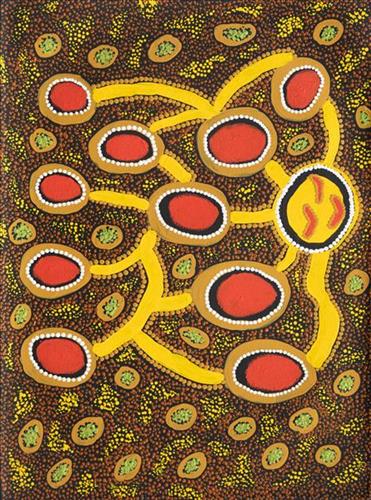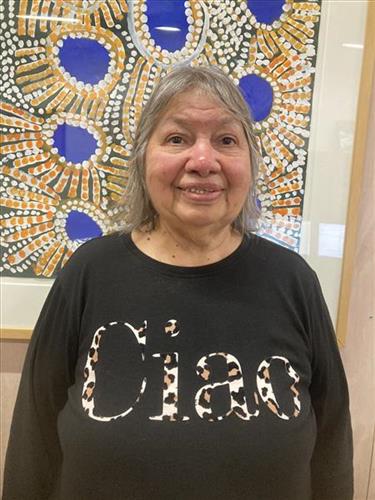111582383999
Pilbara Communities
The traditional lands of the Martu people encompass the Great Sandy Desert and Rudall River regions of Western Australia, and include speakers of Manyjilyjarra, Warnman, Kartujarra, Putijarra and Martu Wangka languages. Since the 1980’s Return to Country movement, many Martu have chosen to live in remote Aboriginal Communities, including Punmu, Parnngurr, Kunawarritji, Jigalong, Irrungadji (Nullagine), and Warralong. Here, Martu are able to live a life where connections to Country can be best maintained.
Sites for modern day Aboriginal communities were designated for their close proximity to good spring water, their significance as historical and cultural sites, and for their relevance to particular family groups. Most communities contain an office, community store, school, health clinic, art shed, mechanics workshop, sports field, and areas for gathering during ceremonial events. Kuulkaja (community schools) were in many instances one of the first spaces to be established when the communities were formed. They are recognised as being at the heart of each community, and play an important role in keeping culture, Country and language strong.
Life in community is unique; the distance between communities and major centres means few outside visitors pass through, travel between communities and towns is via long 4WD journeys or on the mail plane, fresh fruits and vegetables are relatively scarce, and up until recently telephone communication was limited to a few fixed landlines and community phone booths. Whilst these communities are continually being modernised, Country remains central to community life, both physically and culturally.




